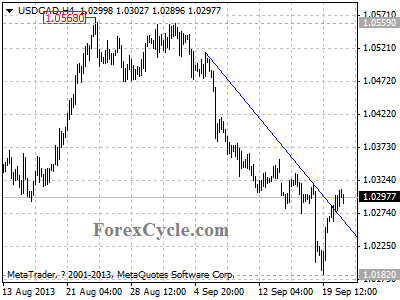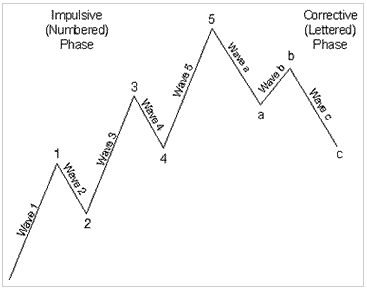By MoneyMorning.com.au
It’s a bull market.
No it’s not.
The US Federal Reserve’s gonna keep printing money.
No they’re not…yes they are…no they’re not.
Just when we think we’ve got this market licked…just when we think the Federal Reserve has made its position clear and we know what it’s up to, someone starts flapping their mouth to confuse things again.
And what do you know? Stock prices give up their gains. So, what’s an investor to do?
Our old pal Dan Denning knows the answer…
Dan edits The Denning Report, our premium macro-economic investment advisory service.
Dan looks at the big investing picture. It was this big picture analysis that meant he was one of the first Australian-based analysts to pick the shale gas boom.
It has helped him to rack up gains of 200%, 117% and 54.7%.
The same big picture view has helped him bag his readers a 55% gain on a super-volatile precious metals stock, too.
And now Dan has some advice for investors trying to play the current market.
Play the Ball Not the Man
In his update to Denning Report readers last Friday, Dan wrote:
‘But there are a couple of important takeaways from the last 48 hours. First, you should play the ball, not the Fed. Everyone was so busy taking the Fed at its word that I reckon very few people took the other side of the trade. But if we’d been thinking about our own strategy instead of trying to figure out what’s inside Bernanke’s brain, we might have seen the situation more clearly and made a profitable speculation or two.
‘Lesson? Don’t dance to the Fed’s tune. You’ll stop thinking for yourself. You’ll become the stock market equivalent of a “rent seeker”, or an investor who profits from the largesse of others (Bernanke) without a thought to value, strategy, or risk. They say in footy you should attack the football, not the man. The same is true here: attack the markets and don’t play the Fed.‘
Without blowing our own trumpet too much (Parp!), that’s exactly the strategy we’ve followed for the better part of two years. And because we’ve continued to play the ball, not the man, it has meant we’ve stayed in the market while others scared themselves out of it.
We will concede one thing. It hasn’t helped us too much with short-term speculations, because we’re just not very good at trading short-term price action.
But it has helped us clock up some tasty gains (triple-digit and high double-digit) for Australian Small-Cap Investigator readers over the medium and longer term.
And our bet is there are still many more gains to come.
As Dan says, the key is to play the ball and not the man…unless that man happens to be one of the world’s leading entrepreneurs…
Fortunes Are Made in Recessions
As this report in Bloomberg News notes, Tesla Motors [NASDAQ: TSLA] founder Elon Musk is just getting on doing what he does best – coming up with great new ideas:
‘Elon Musk, Tesla Motors Inc. (TSLA)’s unconventional chief executive, has turned to Twitter Inc. to further his goal of developing self-driving cars by posting a “help wanted” ad on the social media site.
‘Musk, who told Bloomberg in May that Tesla would eventually develop its own “autopilot” technology for cars, wrote in a post on Twitter yesterday that the Palo Alto, California-based maker of electric cars is serious about developing such a system.‘
We wouldn’t be surprised if Musk didn’t know who Ben Bernanke is. And to be honest, if you’re focusing on entrepreneurial companies, what does it matter which egg-head has their finger on the printing press?
As CNN Money notes, the following six giant companies each came into existence during a recession or depression:
- Proctor & Gamble, during the Panic of 1837
- IBM, during the Long Depression of 1873-1896
- General Electric, during the Panic of 1873
- General Motors, during the Panic of 1907
- United Technologies Corp, during the Great Depression
- Federal Express, during the Oil Crisis of 1973
Even Musk’s Tesla Motors was founded in 2003, arguably towards the end of the early 2000′s recession.
Focus on What You CAN Control
There’s a simple message in all this.
It’s not necessarily to ignore all the stuff that happens around the periphery, but that it is important to keep it in its place.
That means not allowing things you can’t control to take control of your investments – if you get what we mean.
That’s why we try to focus on two key types of stock investment: dividend stocks that should provide a reliable income regardless of market conditions, and entrepreneurial high-growth small-cap stocks that could give investors spectacular returns because they’re at the leading edge of technological change.
If you stick to the same plan we’re convinced you’ll not only achieve better investment returns, but you’ll have a much less stressful life, not worrying about what the Fed will or won’t do…or what impact it will or won’t have on your stocks.
As Dan says, ignore the man and play the ball.
Cheers,
Kris+
Join Money Morning on Google+
Special Report: Are You Waiting for a Real Estate Crash That Isn’t Going to Come?









